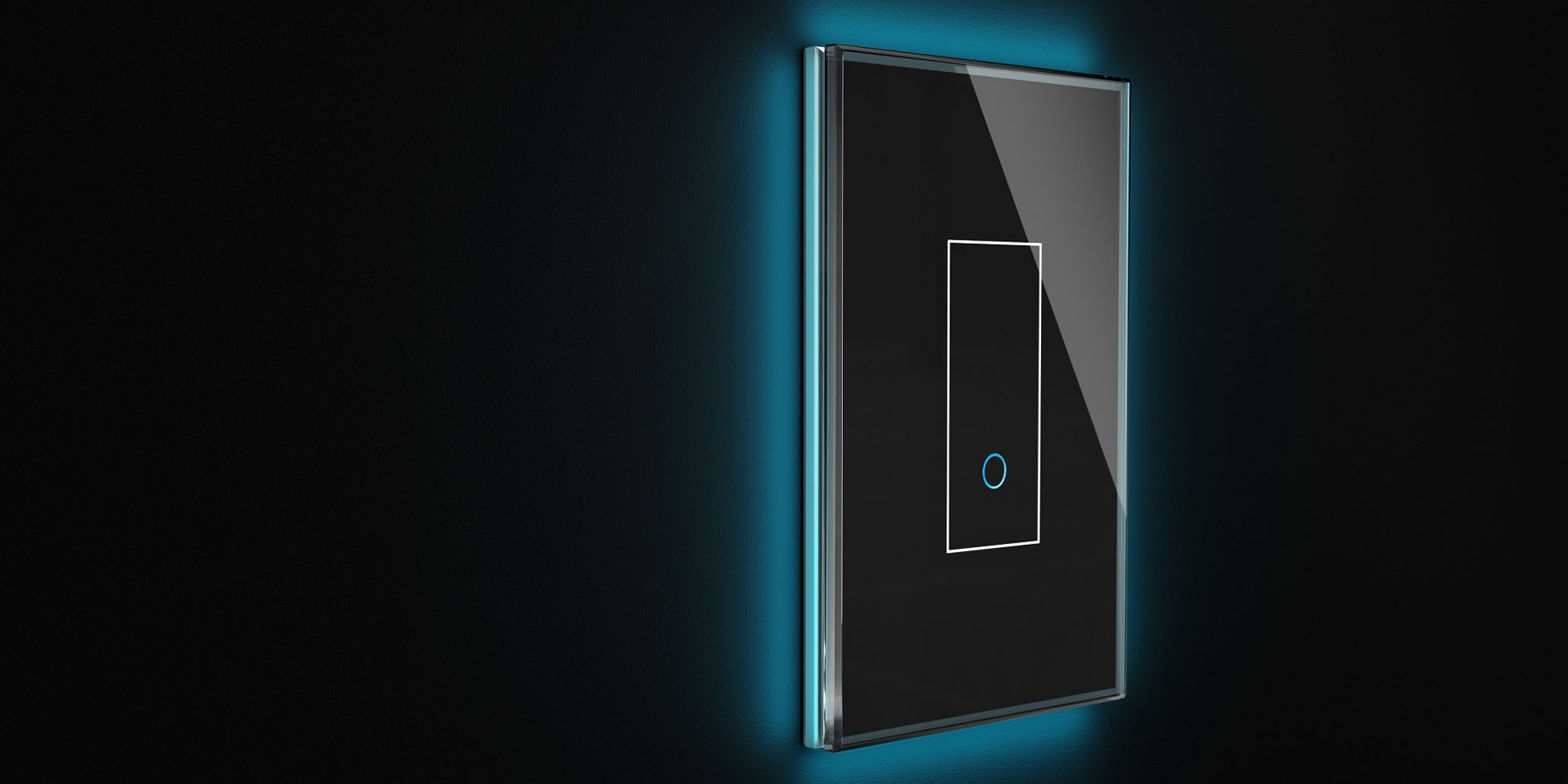Table of Content
If I were to do this setup again, I’d probably configure it on a raspberry pi, since my desktop PC gets rebooted much more frequently. You need a Google Home or Nest speaker, obviously, to get voice control through one of those devices. Now, you’ll need to select your location from the list and press “Authorize.” Now, all the devices on this location will be authorized. I then went into Alexa app and wanted to create a routine using the Alexa virtual switch, but it isn’t available in routines, but I can see it in Alexa devices. More info on what I am doing wrong would be helpful. To connect the SmartThings app to your hub, tap the plus (+) sign found on the Home screen and then tap “Add device” next.
Look at ZigBee devices as an example, if you want to control them, you need a hub. If you haven’t, I recommend following the community installer instructions in Step 2 of my SmartThings garage door opener guide. It will take a few minutes for the program to finish installing.
How to Configure WLED in Home Assistant
Nevertheless, if you already have a smartthings hub, then you should consider buying Google Home. Google Home is the best smart speaker that will control your home with voice commands. Where SmartThings and Google Home can currently integrate with a lot of the same devices and services, it requires manual setup for both apps. If you want to add Philips Hue to Home and SmartThings, for instance, you’ll need to link accounts twice. Adding custom audio to your Google Home devices is a game-changer when it comes to creating automations.

The smart things hubs can be said to be the brain of your smart home. Today, we appreciate the advancements in technology, especially those that transform our home into being automated. Now, we have got several devices that were once what we can call “dumb devices” but are now smart devices.
How To Add Sonoff S31 Lite Zigbee Smart...
Finally, make sure all smart devices are connected to the same wireless network. Since you referenced me, yes,I use the Squeezebox solution to cast to a Google home, and am using it with big talker. Tap the “WiFi/Hub” option next in order to select your hub from the list. Depending on the hub selected, several prompted instructions will come up. Follow the instructions displayed and tap on “Next” till the set up is complete.
At this point, we are to set up the Google Assistant and voice match. Enable the voice match option and train the Google Assistant to recognize your voice. The Google Home app will next ask you to manually enter your address or use your location to prefill it. This is necessary for Google to render assistance on local weather or traffic report. They have got multi-user capability and a dual-band WiFi connectivity. They also have a built-in 1 x 2″ high-excursion drive.
More on Matter:
It is compatible with other brands of devices like Yale, First Alert, Honeywell, OSRAM LIGHTIFY, Schlage, Cree, Bose, and others. “In the coming weeks,” Google Home and SmartThings will introduce a multi-admin feature that will eliminate this requirement for users of the two apps. If a Matter device is set up in one app, it will be a one-click option to add it to the other. The process isn’t fully automatic, as users can choose whether or not to add the device to each respective smart home app. The easiest way to do this for all your devices is to stand next to one of your Google speaker devices and scroll the volume up from the app. If you hear the volume click, you’ve found the correct device!
For this case, the hub is needed so you can communicate with devices in your local network. You can access the website of your Windows PC or Raspberry Pi from your phone, because you are connected to the same network. If you have a hub connected to your local network, then SmartThings will be able to communicate with other devices in the network too . You can now create an unlimited amount out automations using SmartThings, WebCore, and Google Home. If you think outside the box a little, you can think of TONS of ways to make Google Home devices “speak”.
And my button was found under a different section. During the install, you’ll need to give your Webcore instance a name and password. Document this somewhere; you’ll need it later. It could take up to 5 minutes to discover all of your Google Home devices, so just sit back and relax.
Cast-web-api is running, can be accessed from my phone web browser as well, so it is not a connection issue. The only thing I don’t have is SmartThingsHub . Once you’ve added all of your devices to Webcore, open the Webcore smartapp once again and register a browser. Scroll to the bottom and locate the cast web – service manager. Rooms that you’ve previously set up in your Google Home app won’t work with your SmartThings app. So, you’ll need to add devices to rooms in the Google Home Control so you can control them with Google Assistant.
Part of this setup involves creating a API connection between your SmartThings hub and the CastWebapi app via Webcore. Which, if you don’t have SmartThings or Webcore running, you wouldn’t be able to. But when I Test API connection, there is no response.

Then, choose your smartThings location and tap on “Authorize” to grant permission to all devices. Tap on “Done” and “Got it” in order to finalize all the setup. Essentially, once you've connected Google and SmartThings, you'll get seamless control using Google Assistant or the Google Home app. This way you can use voice commands to control all smart devices in your house – turn the lights on or off, set the heating, and lock the doors. Pairing the Samsung smartThings hub with the Google Home speaker incorporates the hub with a unique feature.

No comments:
Post a Comment